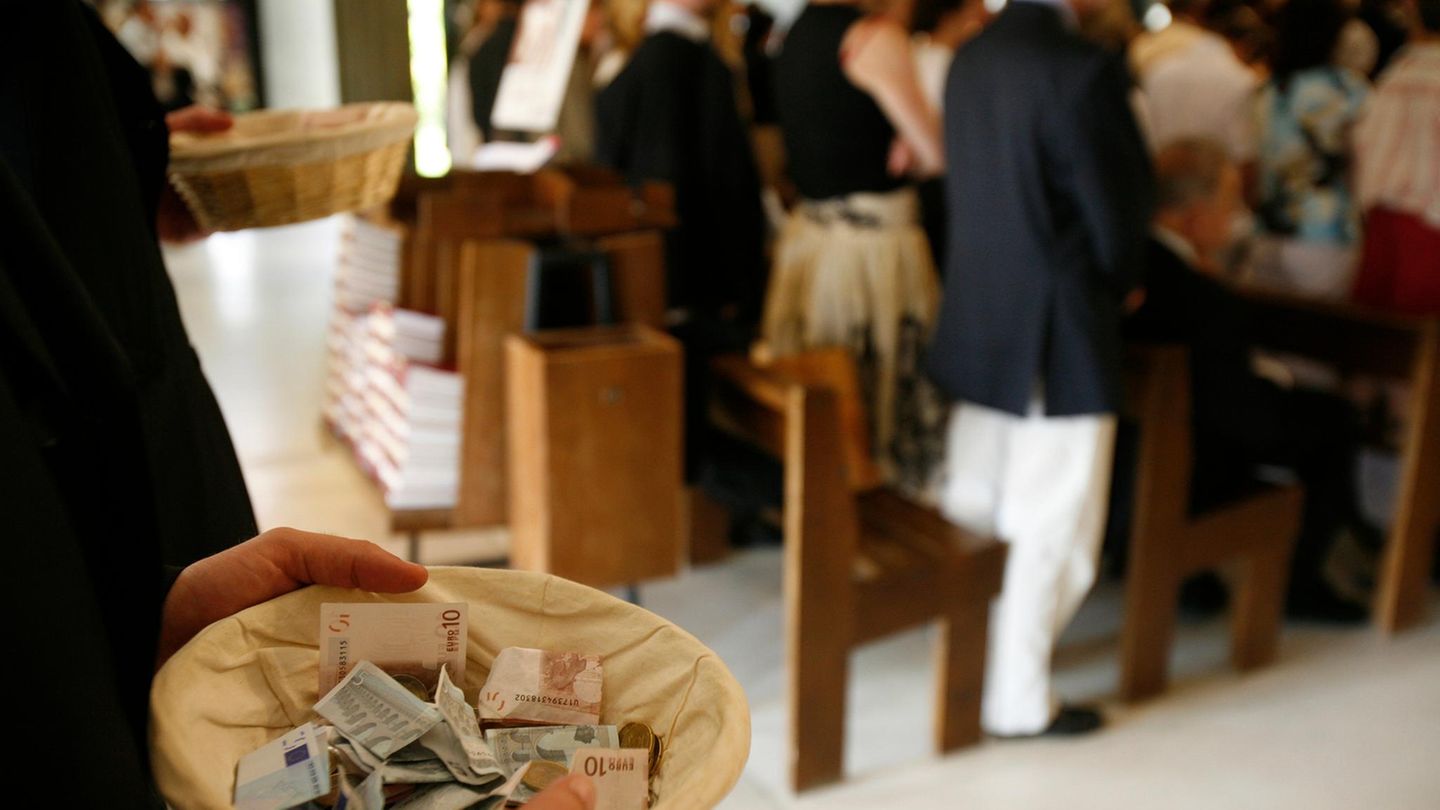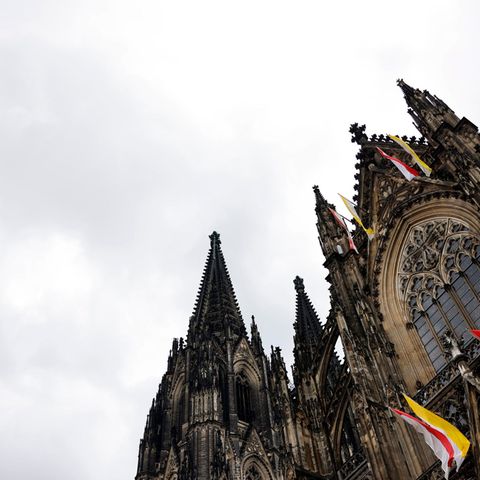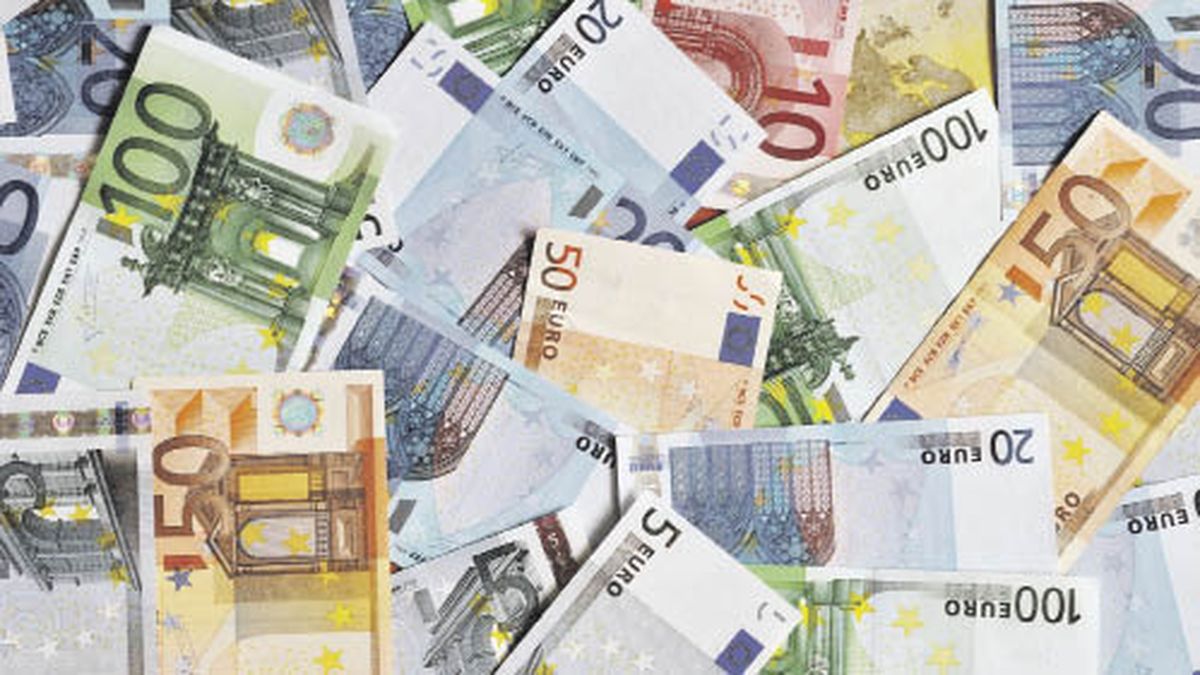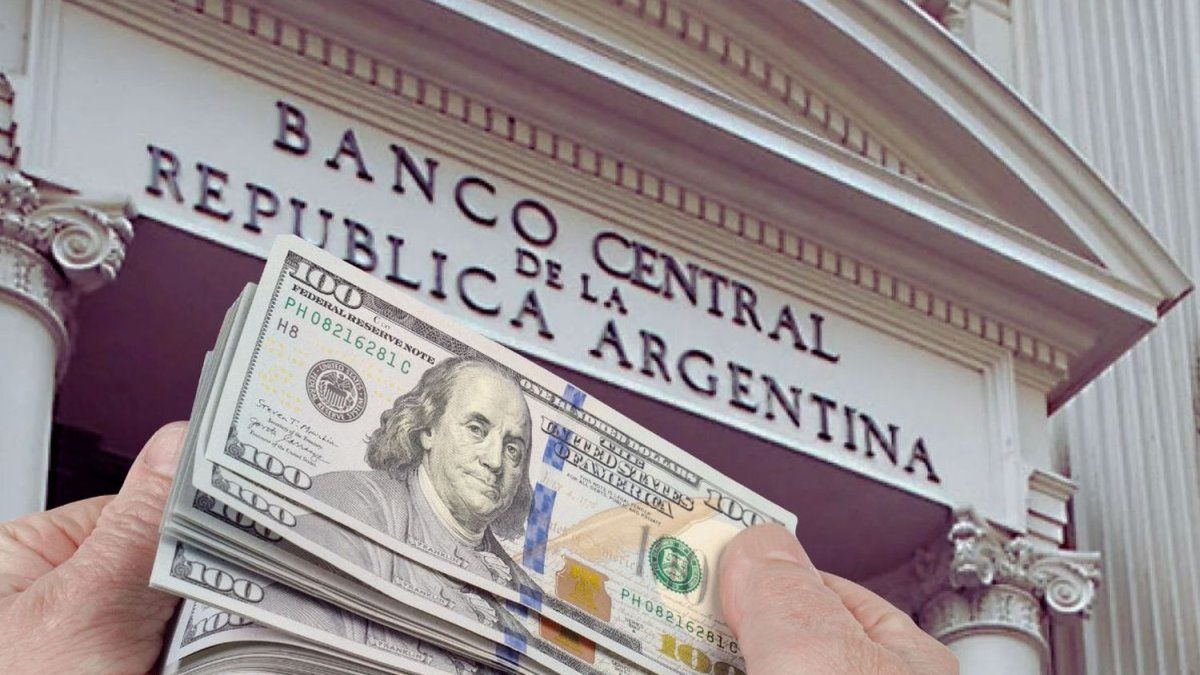Personal Finance
Who has to pay church tax and how much?
Copy the current link
Add to watchlist
The amount of the individual church tax is only determined after the annual tax return. The results vary significantly depending on where you live and your denomination.
One of the strangest types of taxes in Germany is the church tax. It only exists in this form in this country, but has been anchored nationwide since 1919. Since then, the state has basically allowed churches and religious communities to collect taxes – as a direct deduction from the income of their members. The churches are allowed to use the tax offices for processing purposes, for a fee of an average of three percent of church tax revenue. The Protestant EKD churches, the Roman Catholic Church and the Jewish communities mainly use this service.
Church tax is a state matter
Given the last two circumstances, one suspects that church tax is not the same everywhere. Beyond Article 140 of the Basic Law of the Federal Republic of Germany, their regulation is a matter for the federal states. This circumstance goes back to the Frankfurt Imperial Constitution of 1849 – and it still has an impact today, as the following tables show:
At this point our editorial team has integrated content from Datawrapper GmbH.
Due to your privacy settings, this content has not been loaded to protect your privacy.
Those who live in Baden-Württemberg tend to get off the cheapest: in 2025, for an annual gross income of 50,000 euros, church tax of 573.92 euros will be deducted from their salary. In all other federal states the deduction is 645.66 euros, calculated for income tax class 1 without children. A church tax calculator can be found online.
So far, so understandable. But: In Bavaria, congregations of the Protestant Church levy a so-called tax in addition to the eight percent Church moneycurrently between five and 120 euros annually. In Lower Saxony, the Catholic diocese of Hildesheim charges a local church fee of a comparable amount. And in Hamburg and Berlin, smaller churches such as Mennonite and Huguenot congregations collect their members’ taxes independently.
But that’s not enough federal and local peculiarities. The deduction amounts do not reveal how much the actual contribution to the church is. On the one hand, the federal states have introduced so-called caps, at different levels (see tables). And on the other hand, the state promotes church membership by fully recognizing the paid church taxes and church funds as special expenses in the income tax equalization. In order:
This is how church tax capping and special expense deductions work
In Berlin, for example, the church tax cap in 2024 will be three percent of gross annual income. In the capital, the tax offices automatically calculate the maximum church tax from this. For an annual gross of 50,000 euros, a maximum of 1,500 euros, instead of the nine percent rate of 4,500 euros. In addition, depending on your personal tax circumstances, there is a special expense deduction. The effect of the capping rate only becomes apparent on taxable income. This explains the amount of 645.66 euros in the above case study with tax class 1 without children. The cap prevents an open-ended levy to the churches, especially for high incomes.
But even when it comes to the capping rate, not everything is the same everywhere: in Bavaria, for example, there is no capping. In other countries it varies: In Baden-Württemberg it was most recently cheapest at 2.75 percent – but only for members of the Protestant churches in Württemberg. In Baden the limit was only 3.5 percent, as in the entire state for Catholics. In North Rhine-Westphalia, Rhineland-Palatinate, Hesse and Saarland, the cap was highest at four percent – but only for members of the Catholic Church.
What’s more: unlike in Berlin, for example, not all tax offices in the federal states automatically take into account the caps that apply there. Taxpayers must submit an application for this (see tables).
Church tax – a type of charitable donation
The federal states can certainly change the capping rates. Because it is government support. In 2007, a year of weak revenue, church tax revenue totaled around nine billion euros, of which almost 40 percent was financed from general tax revenue through capping and deductions for special expenses. The state justifies this subsidy by saying that what churches offer – community activities, schools, hospitals, social services – per se benefits everyone. The church tax is viewed by the tax authorities as a type of charitable donation. Most recently, the total revenue was around 13 billion euros.
Due to the percentage link to income, churches are helped by rising wages and increasing investment income for their members when it comes to taxes – by far their most important source of financing. Church tax must also be paid on interest, dividends and distributions from investment funds. Depending on where you live, eight or nine percent of these capital gains above the exemption limit of 1,000 euros per year are deducted – in principle without a cap.
But there is more: Anyone who is a member of the Catholic Church in the diocese of Speyer and owns property there pays for it Local church tax: ten percent of the property tax base amount. According to the diocese, that’s an average of around six euros per year.
The bottom line is that the realization remains: Only the personal tax return with the attached KAP appendix for capital gains and that for the special expenses deduction reveals to church members how high their contribution to the congregation really was. In addition to inflation, churches are under financial pressure when members leave their church – not least for financial reasons.
fd
Source: Stern





